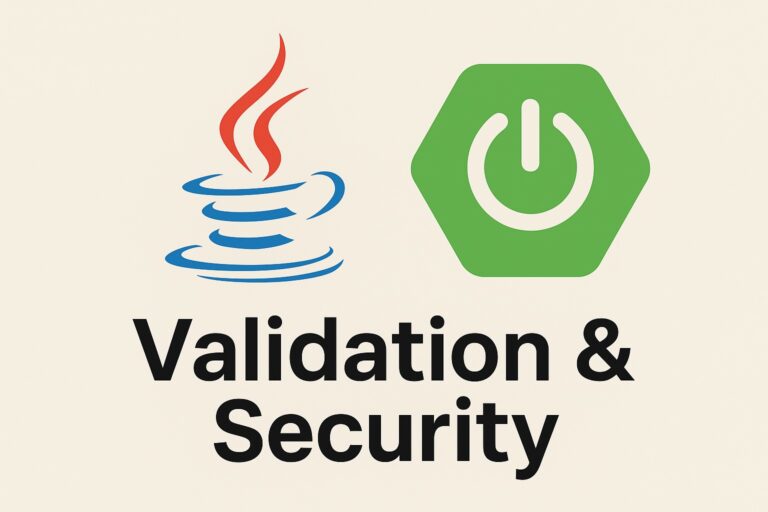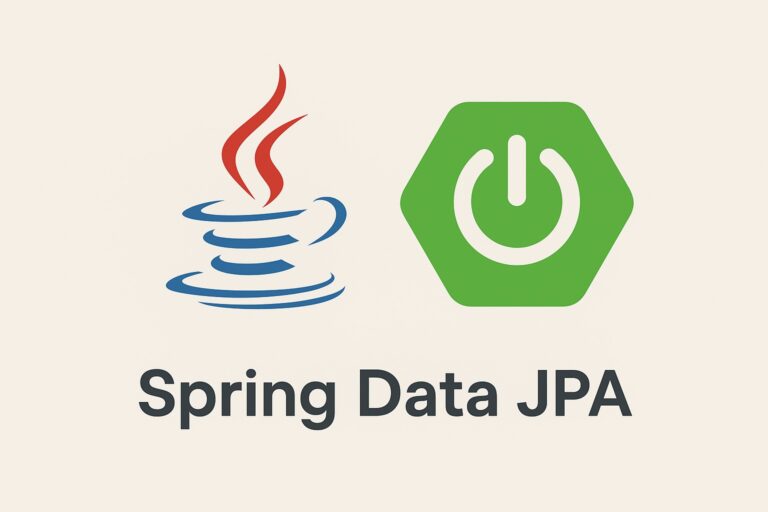Spring Security is a powerful and highly customizable authentication and access-control framework. One of the simplest ways to secure a Spring Boot application is to use HTTP Basic Authentication, where the client sends a username and password with each request.
This article walks you through a step-by-step example of how to implement basic authentication using Spring Boot Security.
What is Basic Authentication?
HTTP Basic Authentication is a simple mechanism where the client sends the username and password in the Authorization header with each request:
Authorization: Basic base64(username:password)Basic authentication should always be used over HTTPS to prevent credential leakage.
Project Setup
1. Dependencies (pom.xml)
Make sure you include Spring Boot Starter Web and Security:
<dependencies>
<dependency>
<groupId>org.springframework.boot</groupId>
<artifactId>spring-boot-starter-web</artifactId>
</dependency>
<dependency>
<groupId>org.springframework.boot</groupId>
<artifactId>spring-boot-starter-security</artifactId>
</dependency>
</dependencies>Folder Structure
src
└── main
├── java
│ └── com.example.demo
│ ├── DemoApplication.java
│ ├── controller/HelloController.java
│ └── config/SecurityConfig.java
└── resources
└── application.propertiesSpring Security Configuration
Create a custom security configuration class:
SecurityConfig.java
package com.example.demo.config;
import org.springframework.context.annotation.Bean;
import org.springframework.context.annotation.Configuration;
import org.springframework.security.config.annotation.web.builders.HttpSecurity;
import org.springframework.security.core.userdetails.User;
import org.springframework.security.core.userdetails.UserDetails;
import org.springframework.security.provisioning.InMemoryUserDetailsManager;
import org.springframework.security.web.SecurityFilterChain;
@Configuration
public class SecurityConfig {
@Bean
public InMemoryUserDetailsManager userDetailsService() {
UserDetails user = User
.withUsername("user")
.password("{noop}password") // {noop} means no password encoder
.roles("USER")
.build();
return new InMemoryUserDetailsManager(user);
}
@Bean
public SecurityFilterChain filterChain(HttpSecurity http) throws Exception {
http
.authorizeHttpRequests(authz -> authz
.anyRequest().authenticated()
)
.httpBasic(); // Enable Basic Authentication
return http.build();
}
}
@Beanreturns an in-memory user with the usernameuserand passwordpassword.
Create a REST Controller
HelloController.java
package com.example.demo.controller;
import org.springframework.web.bind.annotation.GetMapping;
import org.springframework.web.bind.annotation.RestController;
@RestController
public class HelloController {
@GetMapping("/hello")
public String hello() {
return "Hello, authenticated user!";
}
}application.properties
You can leave it empty or add server customizations:
server.port=8080Run the Application
DemoApplication.java
package com.example.demo;
import org.springframework.boot.SpringApplication;
import org.springframework.boot.autoconfigure.SpringBootApplication;
@SpringBootApplication
public class DemoApplication {
public static void main(String[] args) {
SpringApplication.run(DemoApplication.class, args);
}
}Test the Endpoint
Now test the endpoint using curl or Postman:
Using Curl:
curl -u user:password http://localhost:8080/helloYou should get:
Hello, authenticated user!Without Authentication:
curl http://localhost:8080/helloYou’ll receive a 401 Unauthorized response.
Security In Action
Browser Test
- Visit: http://localhost:8080/hello
- You’ll be prompted to enter the username and password (
user/password)
Common Use Cases
- Internal admin tools
- Low-security APIs
- Quick prototyping
Production Considerations
- Always use HTTPS with Basic Auth.
- Use password encoders like
BCryptPasswordEncoderfor real apps. - For more complex setups, consider JWT or OAuth2.
Conclusion
Basic Authentication is a great way to get started quickly with Spring Security. Though limited, it’s a solid choice for internal tools and prototyping. For production, layer it with HTTPS and move to more secure authentication methods when needed.



